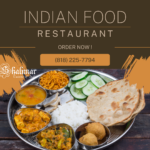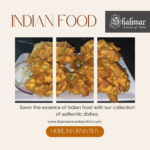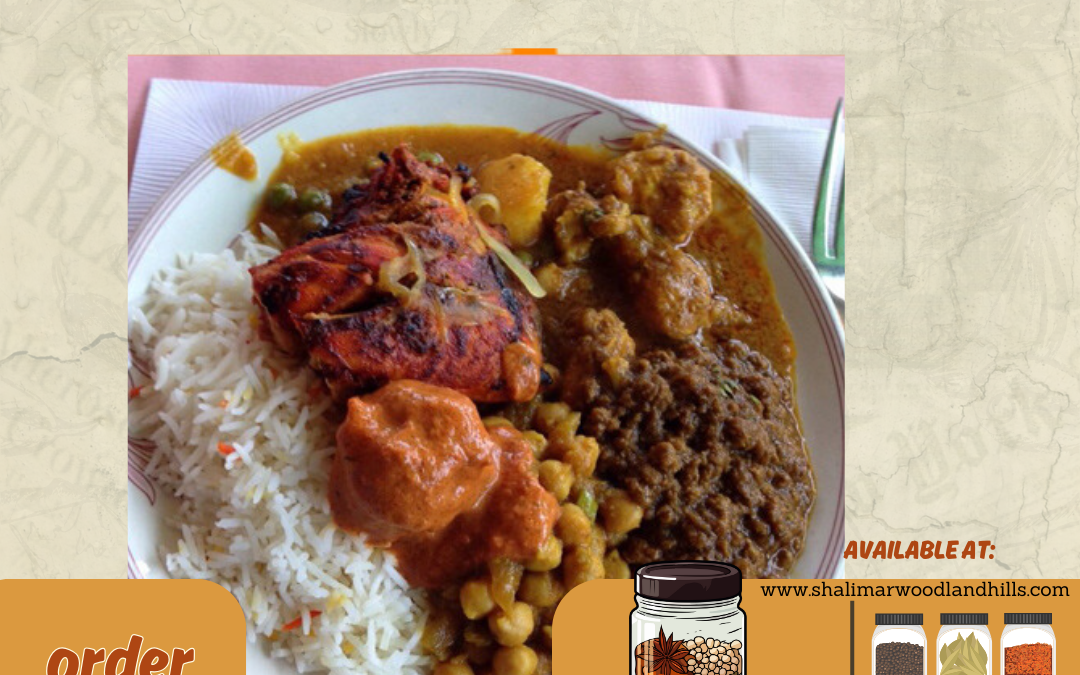
Indian Restaurant Secrets: A Guide to the Key Ingredients in Traditional Dishes
November 13, 2024
Why Indian Food Dishes Are Loved Around the World
December 6, 2024Indian food, with its rich tapestry of flavors and vibrant colors, offers a plethora of vegetarian dishes that are both a feast for the senses and a testament to the country’s culinary diversity. The intricate blend of spices in dishes like Paneer Butter Masala and Chana Masala creates a symphony of taste that is both comforting and invigorating. Meanwhile, regional specialties such as the tangy South Indian Sambar and the hearty North Indian Rajma Curry showcase a remarkable balance of ingredients. And who could resist the allure of street foods like samosas and pani puris? Discovering these dishes might just redefine your culinary expectations.
Classic Curries and Stews
When it comes to vegetarian Indian cuisine, classic curries and stews hold a revered position, offering a symphony of flavors and aromas that captivate the senses. These dishes are masterpieces of culinary art, harmonizing an array of spices such as cumin, coriander, turmeric, and garam masala to create complex layers of taste. The rich, thick gravies of curries like Paneer Butter Masala and Chana Masala serve as the heart of a meal, embodying the warmth and comfort of a hearty stew.
In every region of India, these vegetarian delights are prepared with unique twists, reflecting local ingredients and culinary traditions. For instance, the South Indian Sambar, a lentil-based stew, is infused with tamarind and vegetables, delivering a tangy, savory experience.
Meanwhile, the North Indian Rajma Curry, a kidney bean delicacy, offers a robust flavor profile, enhanced by the slow cooking process that melds spices into a cohesive whole.
These classic curries and stews not only nourish the body but also the soul, inviting you into a shared experience that is both communal and intimate. They are not merely dishes; they are a celebration of tradition, taste, and togetherness.
Street Foods and Snacks
Street foods and snacks in India represent a vibrant tapestry of flavors, textures, and aromas that are as diverse as the country itself. These culinary delights offer a glimpse into the bustling streets and cultural heart of India, where food is not merely sustenance but a celebration.
From the spicy, tangy chaats of Delhi to the sweet, crunchy jalebis of Rajasthan, each region boasts its own iconic snacks that are a testament to local traditions and tastes.
One cannot explore Indian street food without encountering the beloved samosa, a crisp pastry filled with spiced potatoes and peas, often accompanied by tangy chutneys. Equally enticing are pani puris, hollow semolina balls filled with spicy tamarind water, offering a burst of flavor in every bite. In southern India, the aromatic aroma of masala dosas, thin rice crepes stuffed with a spiced potato filling, wafts through street corners, inviting passersby to indulge.
These vegetarian delights not only provide a sensory experience but also foster a sense of community. Gathering around food stalls, sharing stories and laughs, individuals find a shared connection through these beloved snacks, weaving together a cultural fabric that transcends boundaries.
The vibrant tapestry of Indian food cuisine juxtaposes the comforting warmth of classic curries with the spirited zest of street foods. Rich gravies like Paneer Butter Masala and Chana Masala offer a symphony of spices, enveloping the senses in warmth and depth. Contrasting these are the lively, tangy bites of samosas and pani puris, each a burst of flavor and texture. Together, these dishes create a harmonious culinary mosaic, reflecting the diverse and intricate nature of India’s gastronomic heritage.
Next article Prev article
